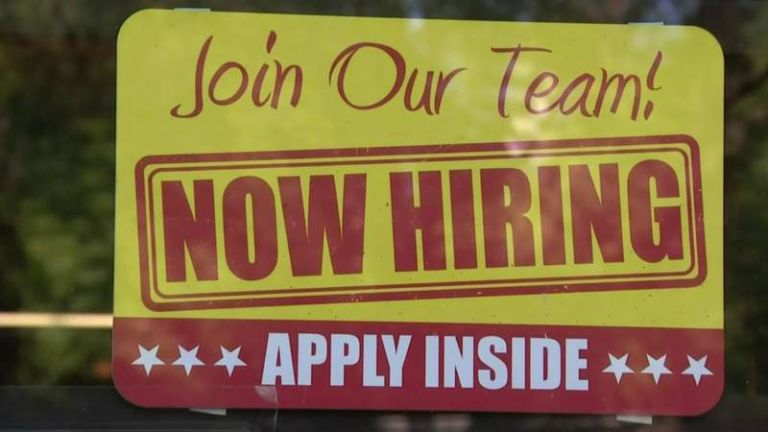It’s designed to help more workers get paid more money for overtime work. Since it’s a government mandate, though, it’s going to have negative unintended consequences.
Diana Furchtgott-Roth identifies those consequences of the Obama administration’s new overtime rule for e21.
Most bad policies harm the economy in one identifiable way. But the Labor Department’s new overtime rule, released on May 18, harms the economy and the American worker in three different ways.
The new rule requires employers to pay white collar workers overtime if they earn less than $47,476 annually, instead of less than $23,660, the case at present. (Manual workers generally have to be paid overtime at all earnings levels.) The effect will be (1) to raise costs to employers, discouraging employment; (2) to prohibit flexible time for employees; and (3) to stunt American productivity and economic growth. …
… The administration touts the overtime rule as a device to raise the incomes of workers, but their own analysis calculates only $1.2 billion annual increase in wages of affected workers. The real effect of the rule will be to add significant administrative costs.
One cost is familiarization, the initial time and effort that each employer must expend to understand the requirements and assess what needs to be done.
A second cost is the initial wage classification adjustment costs. Firms need to identify each employee affected by the higher salary test, to decide for each case whether to raise their salary to the new threshold or to convert the status to non-exempt hourly. In the case of conversions there will be further effort to determine what base hourly rate to establish and what usual hours requirement and policies to set for assignment and approval of overtime hours.
A third cost is management costs. Workers converted from salaried to hourly status will require additional management supervision time for checking time records and for approval of overtime hours.
The administrative costs of the new rule could total $18.9 billion the first year – over 15 times greater than the $1.2 billion of increased wages that the administration estimates will be received by workers. In subsequent years, the ongoing management supervision costs imposed by the rule could total around $3.4 billion each year, almost three times the $1.2 billion of wage gains generated.


